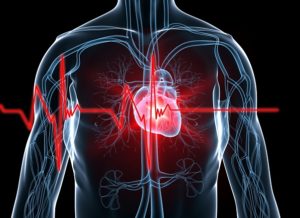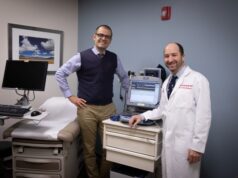 Boston Scientific has announced new data from the MultiSENSE (Multisensor chronic evaluation in ambulatory heart failure patients) study, which is evaluating the performance of the HeartLogic heart failure diagnostic to predict impending heart failure decompensation.
Boston Scientific has announced new data from the MultiSENSE (Multisensor chronic evaluation in ambulatory heart failure patients) study, which is evaluating the performance of the HeartLogic heart failure diagnostic to predict impending heart failure decompensation.
Results from the study were presented as a late-breaking clinical trial at the Heart Failure Society of America’s 21st Annual Scientific Meeting in Dallas (USA) and confirmed the HeartLogic Diagnostic accurately enhanced the ability to classify patients at high or low-risk of experiencing a future heart failure event.
According to a press release, the HeartLogic Diagnostic provides continuous measurement of a patient’s heart failure by combining data from sensors evaluating heart sounds, respiration rate and volume, thoracic impedance, heart rate and activity.
New data from the MultiSENSE trial demonstrate that the HeartLogic Diagnostic significantly expanded the ability of a baseline blood test to identify when patients were at an elevated risk of a heart failure event. The combination of the HeartLogic Diagnostic with a baseline NT-proBNP measurement accurately identified when patients within varying risk groups were at a 23 to 50 times increased risk of experiencing a heart failure event.
John P Boehmer (Penn State Health Milton S. Hershey Medical Center, USA), principal investigator of the study, says: “Through the use of the HeartLogic Diagnostic, physicians can more accurately triage appropriate care to this vulnerable patient population in a timely manner, particularly when using the alert in combination with an intermittent measure of NT-proBNP.”
The study included 900 patients who had enhanced sensor data collection enabled in their cardiac resynchronisation therapy defibrillator (CRT-D) systems and were followed for up to one year. Previously published study data demonstrated that the HeartLogic Diagnostic had an observed sensitivity of 70% as well as the ability to provide weeks of advance notice and low burden for detecting indications of worsening heart failure.












